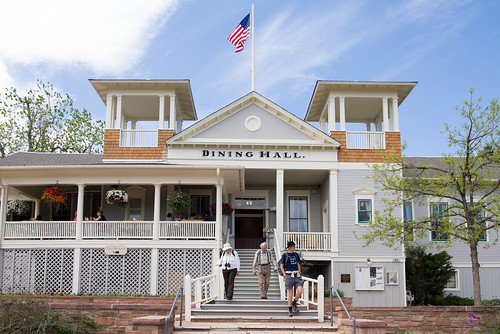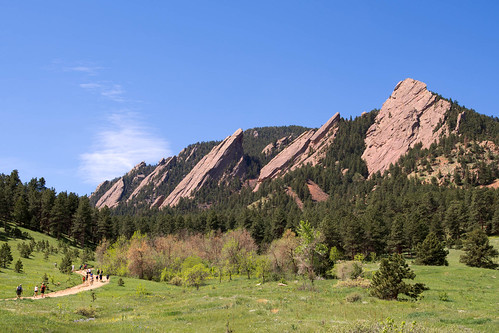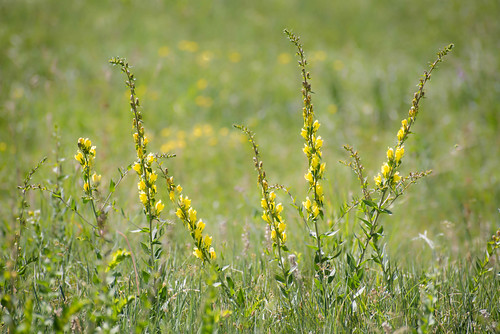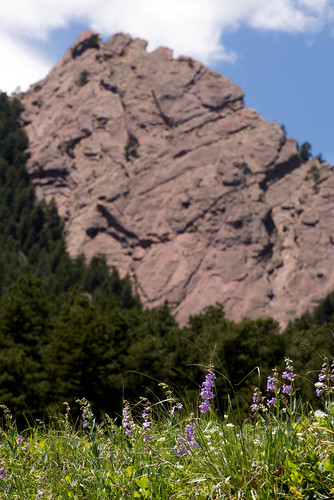Quick! Must start blogging before the season changes beyond recognition.
First stop after the inlaws arrived: refuelling in the historical dining room (almost as old as the inlaws own house in sunny Scotland) before exploring Chautauqua Park in Boulder.

I've never seen the area looking so green. Apparently spring was late this year.



The mother in law knows all about botany and zoology and geology and under her tutelage it soon became apparent to me that not only are all blue flowers are not the same, but there are so many different sorts of yellow flowers that the whole holiday could have been taken up with working them out properly.


Amazingly we also saw a huge black bear, with a ranger's rifle pointed at its head. It was injured, so had come down to the park to graze on some of the sacrificial pet dogs that Boulder people like to drag around with them.
--
Posted By Blogger to
jules' pics at 6/24/2013 09:49:00 AM












4 comments:
Here's an interesting historical perspective. In the physics building at CU, there are pictures of the flatirons taken in the 1870's to 1880's I think. There are no trees surrounding the flatirons as are shown in your pictures.
What's the cause of that? Modern fire suppression and insect control at work or something more subtle.
Well the land was only taken over as public in the late 1800s. Maybe before then the trees had been cut down by the landowner? A local may have a better explanation...
Hi James, David-
The dramatic increase in forest density around the Flatirons and the foothills around Boulder since ~1900 is due to multiple factors:
- extensive wildfires (mainly human-caused) during the early settlement era (~1860-1900) which reduced tree cover, especially higher in the foothills
- a very wet period from 1905-1930 and shorter ones since 1940 which have favored abundant tree establishment
- and as David speculated, modern fire suppression since the early 1900s which has prevented the culling of younger trees by surface fire
There was no doubt some logging prior to this area becoming public land, but it was not pervasive.
Here's a photo of Chautauqua and the Flatirons in 1899:
http://www.bouldercolorado.gov/images/departments/openspace/images_preservation/212-1-44PHOTO_2.jpg
You can see the forest (mainly ponderosa pine) has both become much denser and encroached downward into former grasslands. On the right skyline, I think we're seeing standing dead trees from a recent fire.
Jeff, Thanks for doing the leg work!
Post a Comment